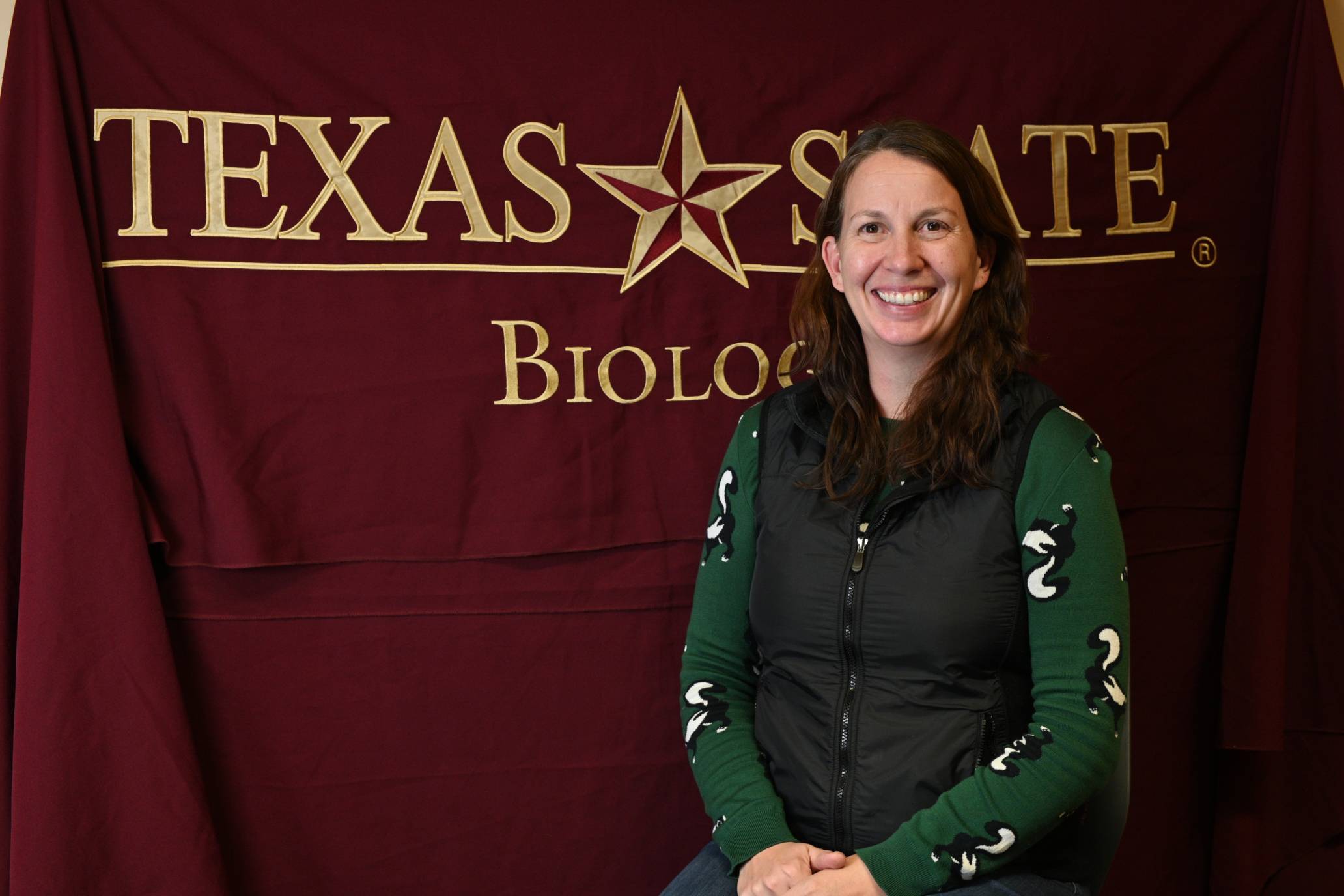Courses
Natural History of Vertebrates (BIO 4420)
Applied Analysis of Populations (BIO 7361E)
Research Interests
My research uses modern analytical and field methods to examine multi-level space/habitat use, movement, and spatial/temporal variations in wildlife population demographics in response to changes in land use, environmental, and weather variation. My applied research designs practical solutions to relevant conservation issues to balance conserving biodiversity with the socio-economic needs of humans with particular interest in renewable energy and forestry practices. My research is versatile regarding taxa, and I am currently involved in projects focused on Galliformes, passerines, bats, primates, fishes, reptiles, and amphibians. Existing projects use a variety of methods to examine movement including thermal cameras, solar-powered GPS tags, VHF tags, RFID tags, and acoustics. I am particularly interested in renewable energy ecology and wildlife responses to the intersection between climate change and landuse change. I am a Certified Wildlife Biologist and a fellow of the Wildlife Society Leadership Institute.
Selected Publications
Cove, M., R. Kays, etc., S. Fritts, J. Tleimat, M. Gay. 2021. SNAPSHOT USA 2019: a coordinated national camera trap survey of the United States. Ecology 102:e03353.
Bohlender, E., T. Haulu, S. Childers, C. Leatherwood, L. Evans, D. Townsley, M. Treider, R. Platt II, S. Fritts, D. Ray, J. Zak, R. Stevens. A pigeon's eye view of a university campus. Southwestern Naturalist. Accepted March 2021.
Miyazono, S., A. Pease, T. Grabowski, S. Fritts. 2020. Ontogenetic shifts in mesohabitat use of young-of-year Rio Grande blue sucker in the Big Bend region of the Rio Grande. Environmental Biology of Fishes 103:471148.
Rylander, R., S. Fritts, A. Asbury. 2020. Limited dispersal by large juvenile males leads to kin-structured neighborhoods in the black-crested titmouse (Baeolophus atric atricristatus). Behavioral Ecology and Sociobiology 74:e65.
Grodsky, S, R. Hernandez, J. Campbell, K. Hinson, O. Keller, S. Fritts, J. Homyack, C. Moorman. 2019. Ground beetle (Carabidae: Coleoptera) response to harvest residue removal: Implications for sustainable forest bioenergy production. Forests 11:48.
Dittmer, D., S. Fritts, T. Hibbitts. 2019. New locality records for Cemophora coccinea copei in Texas. Herpetological Review 50:104-105.
Fritts, S., B. Grisham, R. Cox, D. Haukos, P. McDaniel, Green, D. 2018. Interactive effects of severe drought and grazing on the life history cycle of a bioindicator species. Ecology and Evolution 8: 9550-9562.
Grodsky, S. J. Campbell, S. Fritts, T. Wigley, C. Moorman. 2018. Variable responses of non-native and native ants to manipulated coarse woody debris following forest bioenergy harvests in young forests. Forest Ecology and Management 427:414-422.
Grodsky, S., C. Moorman, S. Fritts, J. Campbell, C. Sorenson, M. Bertone, S. Castleberry, T. Wigley. 2017. Invertebrate community response to coarse woody debris removal for bioenergy production from intensively managed forests. Ecological Applications 28:135-148.
Fritts, S., C. Moorman, D. Hazel, J. Homyack, S. Castleberry, C. Farrell, S. Grodsky, E. Evans. 2017. Rodent response to harvesting woody biomass for bioenergy production. Journal of Wildlife Management 81: 1170-1178.
Jo, Y., C. Won, S. Fritts, M. Wallace, J. Baccus. 2017. Distribution and habitat models of the Eurasian otter, Lutra lutra, in South Korea. Journal of Mammalogy 98:1105-1117.
Grodsky, S., C. Moorman, S. Fritts, S. Castleberry, T. Wigley. 2016. Winter bird use of downed wood and implications of forest bioenergy harvest. Forest Ecology and Management 379: 91-101.
Grodsky, S., C. Moorman, S. Fritts, S. Castleberry, T. Wigley. 2016. Breeding, early-successional bird response to forest harvests for renewable energy. PLOS ONE 11: e0165070.
Schlichting, P., S. Fritts, J. Mayer, P. Gipson, C. Dabbert. 2016. Determinants of variation in wild pig (Sus scrofa) home range and its management implications. Wildlife Society Bulletin 40: 487-493.
Fritts, S., B. Grisham, D. Haukos, C. Boal, M. Patten, D. Wolfe, C. Dixon, R. Cox, W. Heck. 2016. Long-term evaluation of lesser prairie-chicken nest ecology in response to grassland restoration at two spatial scales. Journal of Wildlife Management 80: 527-539.
Fritts, S., C. Moorman, D. Hazel, J. Homyack, S. Castleberry, K. Pollock, C. Farrell, S. Grodsky. 2016. Do biomass harvesting guidelines sustain herpetofauna following harvests of logging residues for renewable energy? Ecological Applications 24: 926-939.
Fritts, S., S. Grodsky, C. Moorman, D. Hazel, J. Homyack, S. Castleberry. 2015. Shrew response to varying woody debris retention: Implications for sustainable forest bioenergy. Forest Ecology and Management 336: 35-43.
Fritts, S., S. Grodsky, C. Moorman, D. Hazel, J. Homyack, S. Castleberry. 2015. Quantifying multi-scale habitat use of woody biomass by southern toads using two approaches. Forest Ecology and Management 346: 81-88.
Raybuck, A, C. Moorman, S. Fritts, C. Greenberg, C. DePerno, D. Simon, G. Warburton. 2015. Response of Plethodon salamanders to oak regeneration treatments in the southern Appalachians. Wildlife Biology 20: 186-194.
Fritts, S., C. Moorman, D. Hazel, B. Jackson. 2014. Biomass harvesting guidelines affect downed woody debris retention. Biomass and Bioenergy 70: 382-391.
Please see faculty member’s CV or website for additional information.
